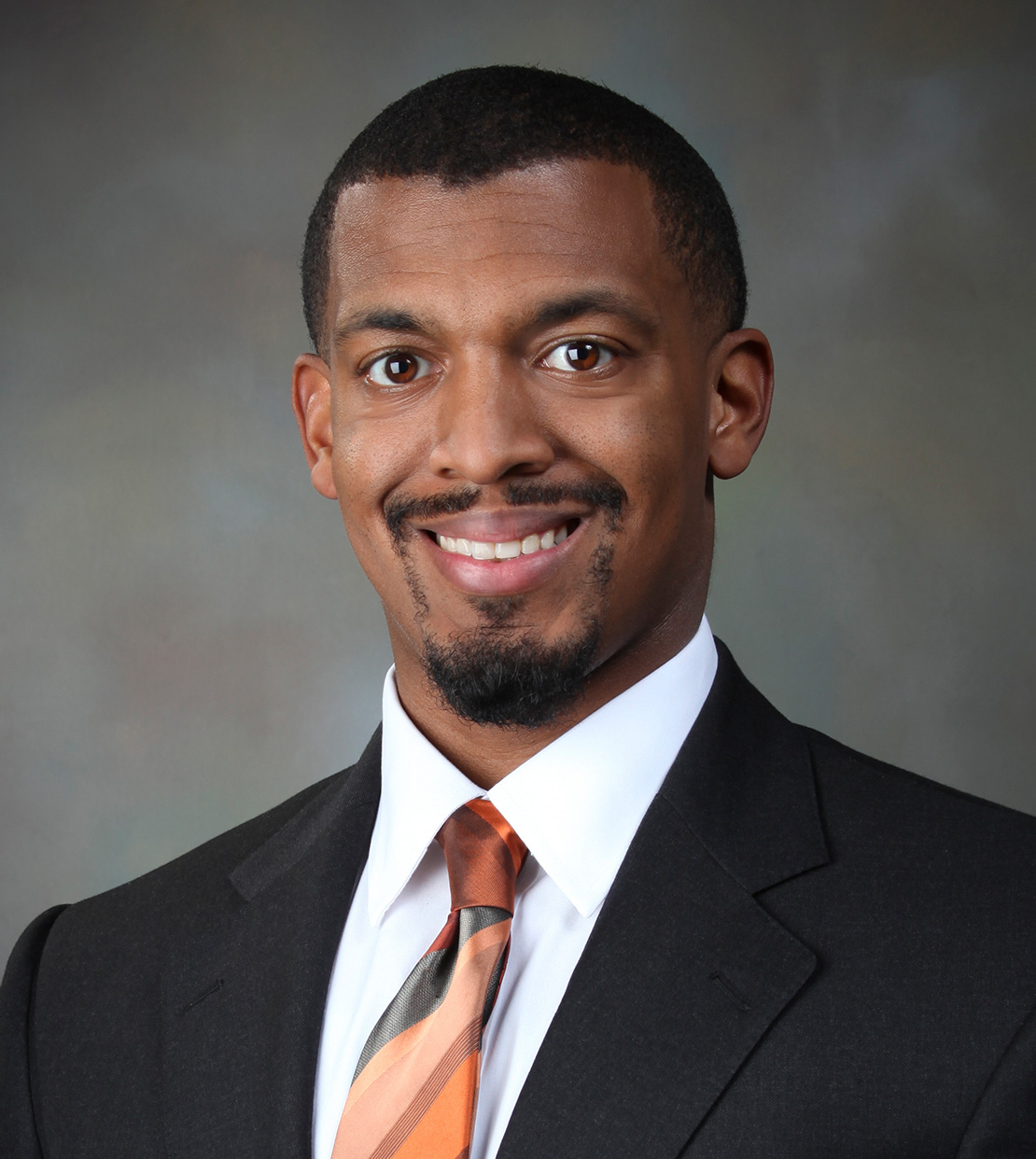ALBUQUERQUE, N.M. — Ten Sandia National Laboratories engineers received Black Engineer of the Year Awards, including Most Promising Scientist, Modern Technology Leaders and Science Spectrum Trailblazers.
Honorees include Sandia systems, chemical, computer, electrical, petroleum, manufacturing and mechanical engineers who excel in their respective fields, powering innovation while flexing their technological muscles for U.S. national security.
The recipients, all with advanced engineering degrees, hold patents, have published extensively and received numerous professional and community awards. They perform several roles at Sandia and with research and academic partners across the country.
In addition to their professional pursuits, they are active with youth in their communities as local youth sports coaches, STEM student program and event mentors, computer camp counselors, Big Brothers and Sisters volunteers, local tutors and ambassadors for Historically Black Colleges and Universities.
“Each of these award recipients demonstrates remarkable abilities to inspire procedures, productivity and people in their professional and personal lives,” says Esther Hernandez, Sandia’s chief diversity officer. “Sandia embraces the importance of supporting our professionals both in their careers and personal interests, which benefits our employees, enterprise and communities.”
BEYA is a program of the national Career Communications Group, an advocate for corporate diversity, and is part of its STEM achievement program. The awards annually recognize the nation’s best and brightest engineers, scientists and technology experts. This year’s all-digital conference was held Feb. 11-13, when the awards were announced.
This year’s Sandia Black Engineer of the Year awardees are:
Most Promising Scientist — Professional Award
LaRico J. Treadwell, chemical engineer
Modern Day Technology Leader — Outstanding Achievement Award
Uzoma Onunkwo, electrical and computer engineer
David Carter, electrical engineer
Tonya Ross, petroleum engineer
Elijah J. Finch, computer engineer
Science Spectrum Trailblazer — Outstanding Achievement Award
Quenton McKinnis, systems engineer
Jeffrey Robinson, manufacturing engineer
Dennisa Thomas, electrical engineer
Tearie C. Buie, electrical engineer
Adam D. Williams, systems engineer
LaRico Treadwell is a chemist at Sandia’s Advanced Materials Laboratory. Treadwell’s work covers the materials-science spectrum, from basic materials discovery and characterization through applied materials reliability and device fabrication for a wide range of applications, including radiation, ultra-high temperature systems, non-linear optics and thermo-electrics. His research advances science frontiers in chemistry, engineering, materials and component reliability.
Uzoma Onunkwo leads efforts in cutting-edge research and development spanning high-speed data analytics, streaming machine learning, large-scale wireless network simulation and quantum information science. His work in multithreaded coding, data structure and algorithms, queue management and compiler optimization accelerated new analytics on high-speed streaming data while protecting government computer networks. He has achieved notable success in the research and implementation of algorithms that enable large-scale wireless simulations at Sandia.
David Carter’s career path at Sandia has taken him from satellite electromagnetic compatibility and interference testing to physical security analysis to electronic device analysis and cybersecurity. Carter pioneered the use of an unconventional measurement system to augment traditional measurements techniques. He now works for Cyber Mission Alliances and is a liaison to the University of Texas at San Antonio and government entities in the San Antonio area.
Tonya Ross creates and reviews two- and three-dimensional finite element meshes to support underground oil storage caverns built in salt domes for the Strategic Petroleum Reserve. Ross led the effort to develop and implement a sitewide hazard analysis/qualitative risk-assessment process supporting Sandia’s work.
Elijah Finch designed and implemented an information technology integration method that enables users to access each other’s tools across the Department of Energy, which allows for greater collaboration while maintaining data security and cybersecurity. His work enables analysts to dynamically execute and retrieve data in real-time without constraints.
Quenton McKinnis oversees electrical cables and connectors and production testers related to Sandia’s national security mission. Over his 40-year career, McKinnis has built numerous complex system and subsystem components and cable assemblies. As the lead integration and test engineer, he oversees the functional activities of systems, system components and joint test assemblies. His attention to detail and drive for technical excellence are demonstrated in all facets of system engineering and cable design, ensuring system safety and reliability.
Jeffrey Robinson leads a diverse team of engineers who provide research and development hardware and software surety engineering expertise of high-consequence systems throughout a product-realization life-cycle. Robinson delivers technical solutions for prevention, early detection and mitigation of defects to protect against loss, damage and errors associated with national security technology. He develops or demonstrates new designs, testing concepts, materials, products, processes and systems.
Dennisa Thomas is an expert in product realization related to the development, qualification and production of national security systems’ telemetry transmitters and modules. Her work has resulted in hundreds of design and manufacturing defects being identified and resolved before qualification testing and production. Her expertise includes process improvement and defect prevention, product integration and testing, strategic planning and project management.
Tearie Buie designed, fabricated, qualified and implemented one of the first electrostatic discharge safe working areas for a major thermal battery supplier to the labs, which ensured the safety and reliability of the manufactured product and personnel safety. She led a manufacturing team in creating a technical onboarding training tool, the first of its kind, to allow new manufacturing employees to be trained and become competent in their new role within six months of employment.
Adam Williams has made significant contributions incorporating systems-theoretic concepts, frameworks and analysis techniques into Sandia’s national security mission areas. Williams has applied his technological and policy aptitude to conduct high-consequence facility vulnerability assessments, design physical protection systems, analyze geopolitical implications of global energy development and support various global security engagement opportunities. He co-developed an analysis technique, Hazards and Consequence Analysis for Digital Systems methodology, that is advancing cybersecurity for U.S. interests.









